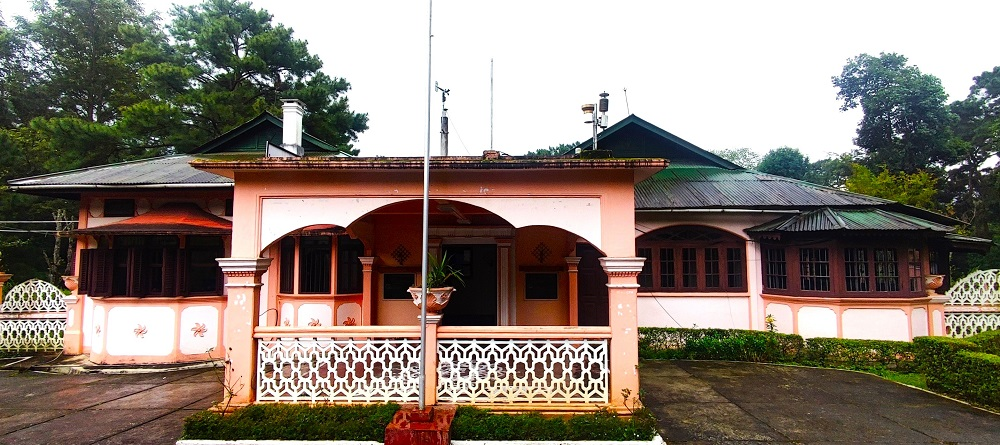The North-East Geophysical Research Laboratory (NEGRL) has been established in Shillong for tracking earthquakes through a multidisciplinary approach by carrying out pre- and co-seismic signatures in North-East India using a variety of observational/modelling techniques.
The northeastern part of India is located at the centre of one of the most active earthquake-prone regions of the country. This region and the tribal population therein are quite vulnerable.

The multi-pronged approach of the laboratory can identify and characterize earthquake precursors in the neo-tectonic environment present in the NE Indian region and hence improve earthquake occurrence assessment and related hazards in the region.
The approach is unique as it involves earthquake seismology, lithospheric deformation, continuous monitoring of the atmosphere and ionosphere, and electromagnetic methods, which are being carried out by the laboratory, which has been upgraded from the earlier “Shillong Geophysical Research Centre.”
The multi-parametric study to identify the anomalous seismic zones in North-East India initiated at the lab established by the Indian Institute of Geomagnetism, an autonomous institute under the Department of Science and Technology, will help understand the generation mechanisms of great earthquakes in the region.
NEGRL has unique interdisciplinary academic design to understand the dynamically coupled Lithosphere - Atmosphere – Ionosphere - Magnetosphere system to aid the novel earthquake monitoring and precursory studies.
Studies being undertaken at NEGRL will contribute to a better understanding of the earthquake sources and their generation mechanisms, leading to an improved characterization of earthquake occurrence and hazards and assessment of the threats they pose to the local population in the Northeast.






























